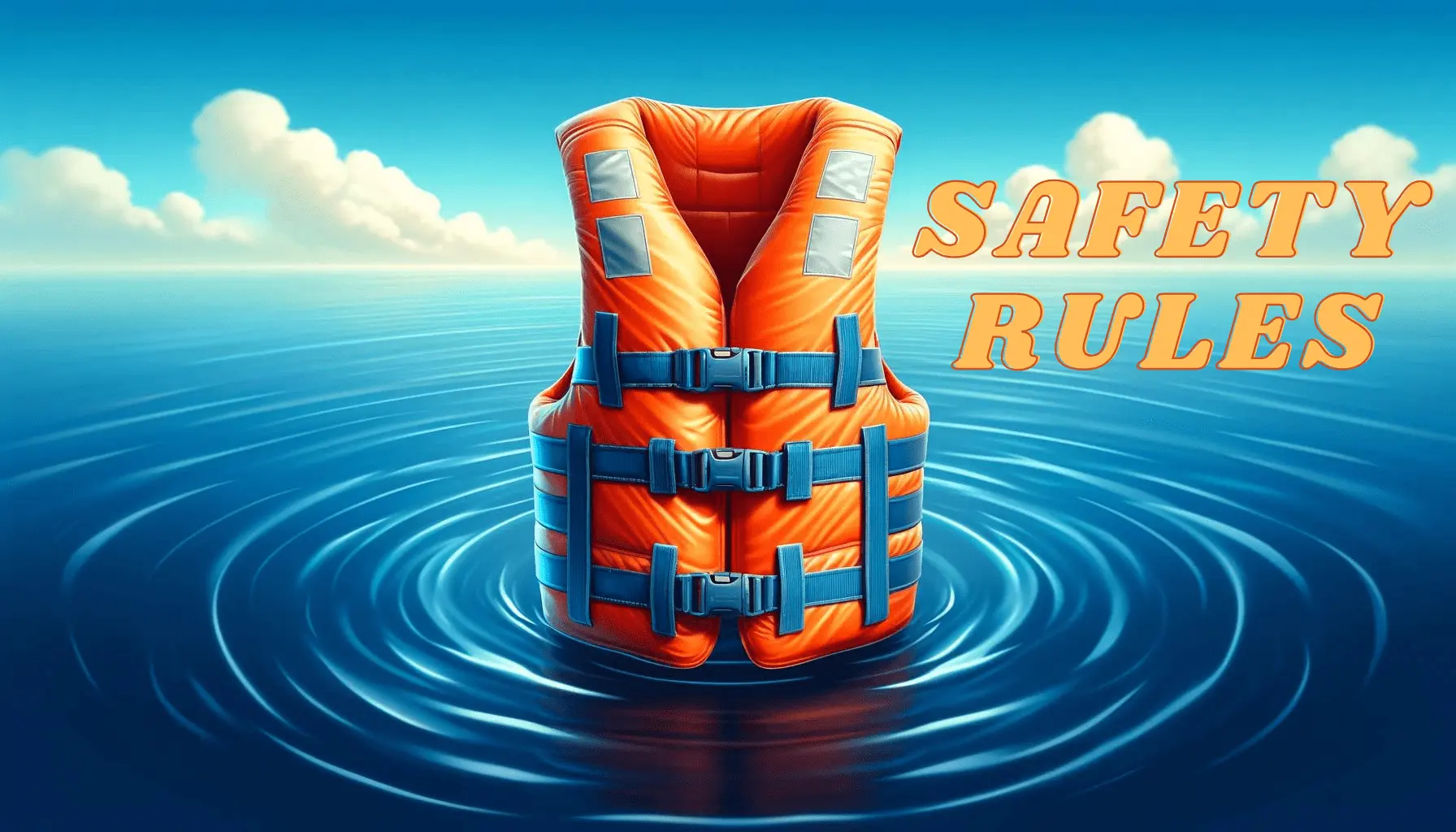Have you ever found yourself asking, “Why does my kayak spin when I stop paddling?” Well, you’re not alone. Many novice and even experienced kayakers grapple with this conundrum, resulting in a maelstrom of frustration and energy waste. The root cause?
Often, it’s improper paddling technique or undeveloped paddling skills. The issue amplifies further when you’re in a narrow waterway or battling a current as you watch your kayak deviate from the path with a mind of its own.
But here’s the silver lining – you can correct this. With a few adjustments to your paddling style and by adopting some strategic maneuvers, you can swiftly bring your kayak’s wayward pirouettes under control. This blog will elucidate exactly how to achieve that.
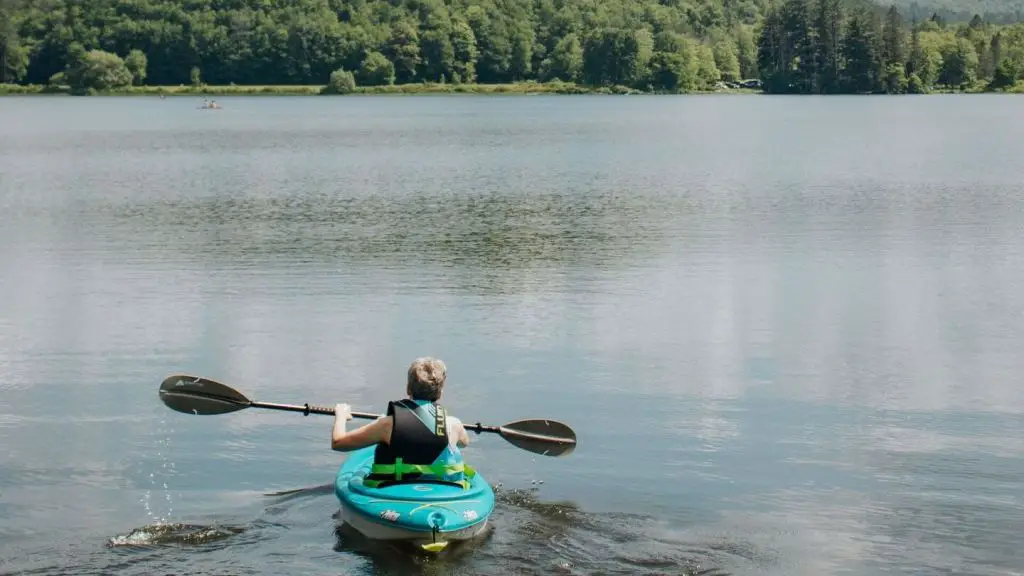
The Basics Of Kayak Dynamics
Understanding kayak dynamics requires delving into the symbiotic relationship between kayak design and water movement.
Each kayak, whether it’s a long-distance sea kayak or a nimble whitewater vessel, carries in its design the innate purpose of its creation. The nuanced contours and purpose-driven structure of the kayak aren’t merely aesthetic but profoundly impact its behavior on water.
A kayak’s communication with the water, spoken through the language of dynamics, results in its characteristic movement.
Understanding this conversation between water and kayak design can illuminate the mystery of the kayak spinning when one ceases to paddle.
Why Does The Kayak Spin When You Stop Paddling? The Answer
If you’ve spent any amount of time kayaking, you may have noticed that your kayak tends to spin or turn in one direction or another when you stop paddling.
While it might seem mysterious or even frustrating at first, this is a normal occurrence that can be explained by several factors, including the wind, current, kayak design, and weight distribution.
Effect Of Wind And Currents On Kayak Direction

Wind and water currents are significant natural elements affecting your kayak’s direction. If the wind is blowing from one side, it tends to push the lighter, upper part of your kayak, causing it to turn or spin.
Water currents, on the other hand, can push your kayak along an unintended path or even cause it to spin, especially if the currents are moving in different directions at different water depths.
How Kayak Design Can Contribute To Spinning
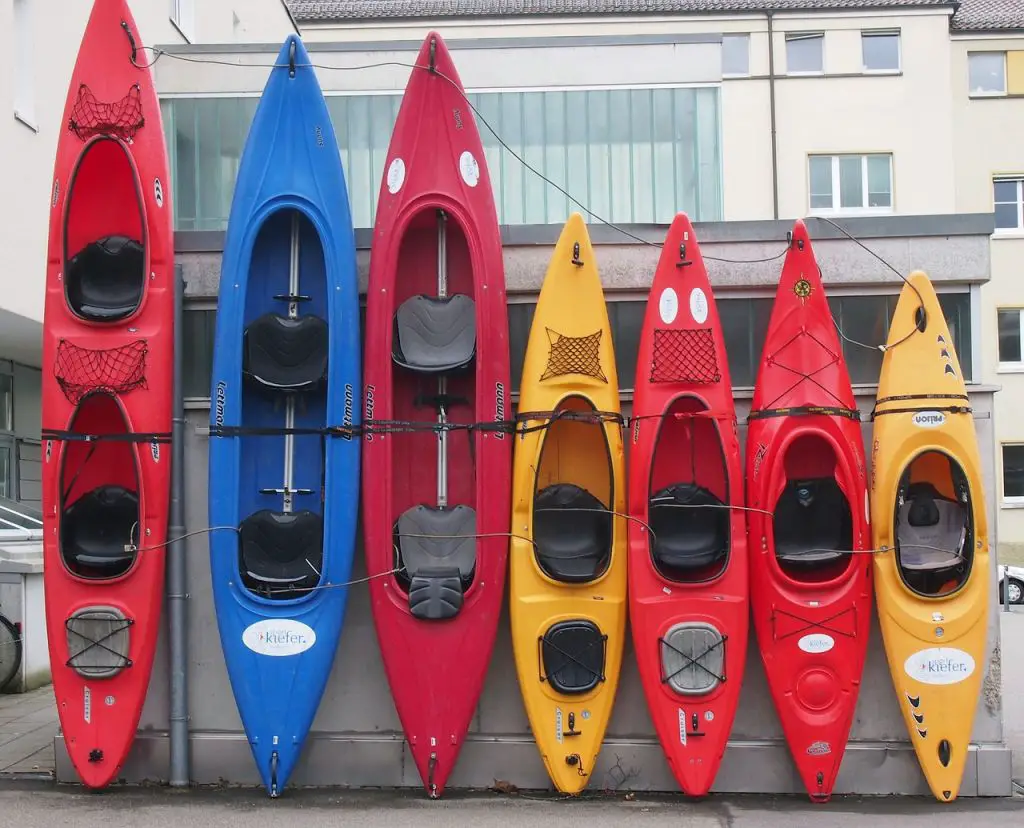
The design of your kayak can also greatly influence its tendency to spin. Some kayaks, such as shorter recreational kayaks, are designed to be highly maneuverable, which can make them more susceptible to turning in the wind or current.
Kayaks with flatter bottoms will also be more affected by the wind because of the increased surface area for the wind to act upon. On the other hand, longer and narrower kayaks, such as sea kayaks, have better tracking (the ability to maintain a straight path), but they can still spin if not correctly balanced or paddled.
The Role Of Weight Distribution In A Kayak’s Stability
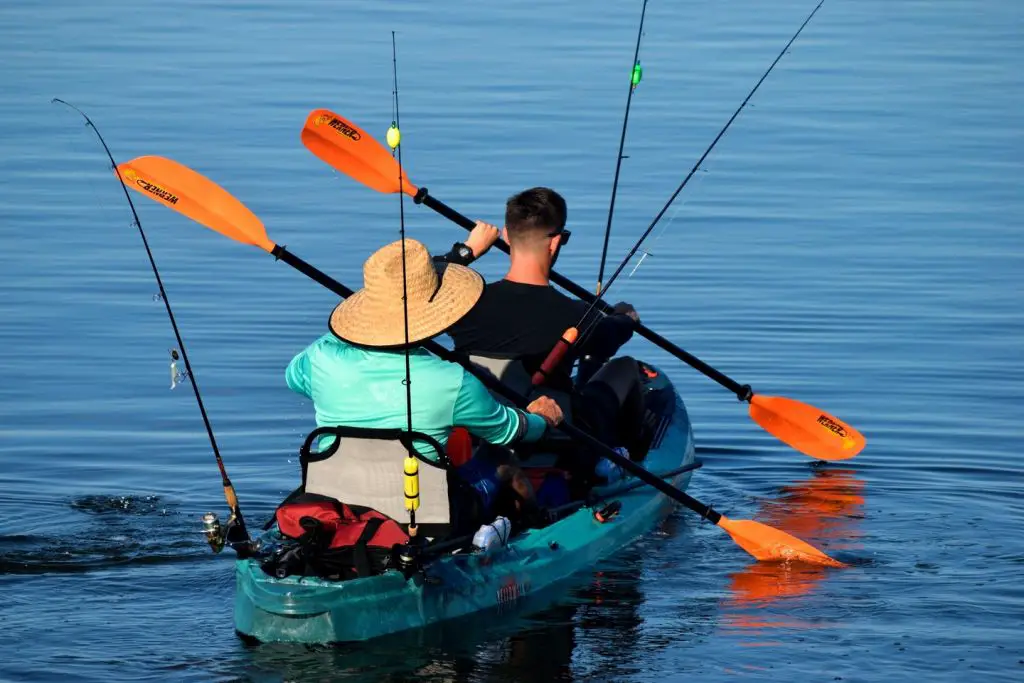
Weight distribution plays a significant role in a kayak’s directional stability. If more weight is concentrated on one side of the kayak, it will naturally lean or turn towards that side. This can happen if your gear is not evenly distributed, if you lean more towards one side while paddling, or even if you look over one shoulder, causing you to unconsciously shift your weight.
Being aware of these tendencies and maintaining a balanced distribution of weight in your kayak can help you reduce spinning and increase your control over the direction of your kayak.
Improving Your Paddling Technique
Steering the kayak’s course effectively requires mastery of paddling technique. Paddling is not merely about moving the kayak forward but also about guiding its direction. Balanced and controlled paddle strokes are essential for maintaining the desired direction.
Knowing when and how to alternate between power strokes for propulsion and steering strokes for direction can greatly enhance one’s control over the kayak’s path.
Essential Kayak Strokes For Maintaining Direction
Understanding and mastering various kayak strokes can assist in maintaining direction and preventing the kayak from spinning. These strokes are integral parts of any kayaker’s repertoire.
- Forward Stroke: This is the most basic paddle stroke, propelling the kayak forward. An efficient forward stroke keeps the kayak in a straight line by alternating equally powerful strokes on each side.
- Sweep Stroke: This stroke aids in turning the kayak. A wide arc is made by the paddle from the bow to the stern, pushing water to the side.
- Draw Stroke: This stroke moves the kayak sideways. The paddle pulls water towards the kayak, creating movement in the lateral direction.
- Reverse Stroke: Used for moving backwards or slowing down, this stroke can also be useful for correcting direction if the kayak begins to spin.
- Bracing Stroke: This helps maintain balance and prevent capsizing, which can be especially useful when the kayak spins.
By assimilating these strokes into your paddling technique, you can keep your kayak straight and eliminate unnecessary spinning when you stop paddling. Remember, mastering these strokes takes practice.
Over time, you’ll gain greater control over your kayak’s direction and will no longer have to worry about it spinning out of control.
The Significance Of A Balanced Stroke
A balanced stroke ensures your kayak moves in a straight line. The essence of a balanced stroke lies in applying equal pressure and maintaining consistent stroke length on both sides of the kayak. This symmetry prevents unequal water resistance from spinning your vessel.
Remember, paddling is as much about technique as it is about power. Perfecting your stroke balance is a crucial step in mastering kayaking and enjoying a fluid journey across the waterways.
The Influence Of The Kayak’s Skeg Or Rudder
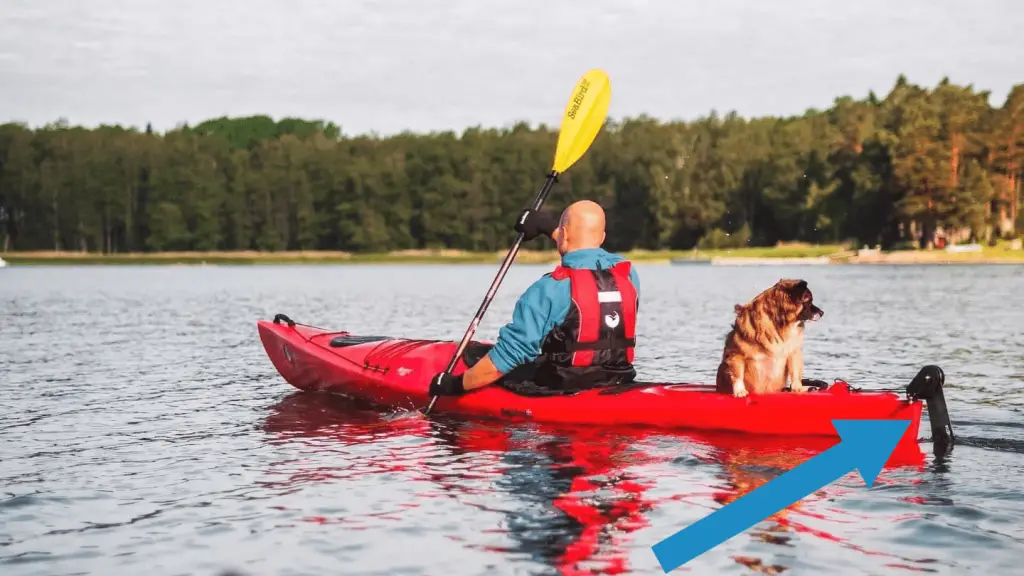
Kayaking, an outdoor activity that marries engagement with nature and physical exercise, isn’t solely about propelling oneself forward using paddle strokes.
To maintain direction and prevent the kayak from spinning, there are other salient factors that demand attention. The structural design of the kayak itself, more specifically, the inclusion of components like the skeg or rudder, plays a crucial role in directionality.
Purpose And Usage Of A Kayak’s Skeg
The quintessential purpose of a skeg is to keep your kayak straight and steady on course, mitigating the effects of external influences like wind and waves. This appendage battles the sideways motion imposed by these factors, effectively reducing the kayak’s tendency to turn or swing away from the intended course. The result is improved tracking, facilitating a more consistent and straight journey.
The operation of a skeg involves lowering it into the water when you’re battling the winds or facing rough waters. However, in tranquil water or situations that demand swift and short-radius turns, it is advisable to retract the skeg to allow for better maneuverability.
How A Rudder Can Help Maintain Direction
A rudder offers active steering control, allowing for sharper turns and navigation in circuitous waterways. By adjusting the angle of the rudder blade, you can change the direction of the kayak without making additional paddle strokes.
For those undertaking long journeys or tackling fast, twisting rivers, the use of a rudder can conserve energy and improve overall control. However, like the skeg, the rudder is an assistive tool and should complement, not replace, effective paddling techniques.
Conclusion
The incessant gyration of a kayak, that seemingly independent spin it embarks on once the paddling subsides, can lead many kayakers—novices and veterans alike—into a state of mild vexation.
This phenomenon, however, is not arbitrary. It’s a direct consequence of a confluence of factors: the kayak’s constructional elements, external forces, and the proficiency of the kayaker. It’s pivotal to comprehend that while tools like the skeg or rudder play a crucial role in maintaining the course of the kayak, they are merely adjuncts to effective paddling skills, not replacements.
Thus, an adept kayaker should harness these tools in tandem with honed paddling techniques to master the nuances of kayak navigation, thwarting the pesky issue of a spinning kayak in the process.

